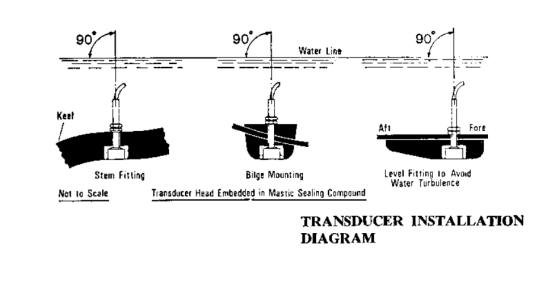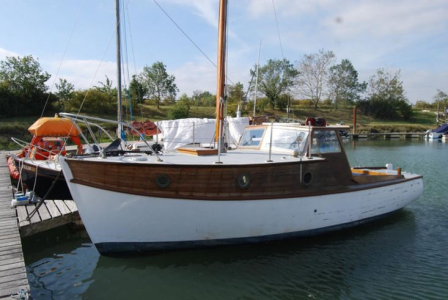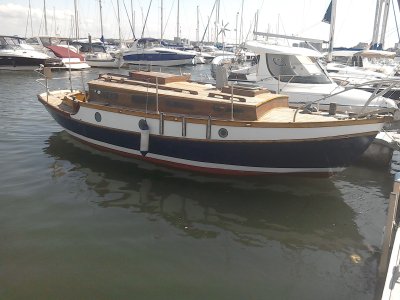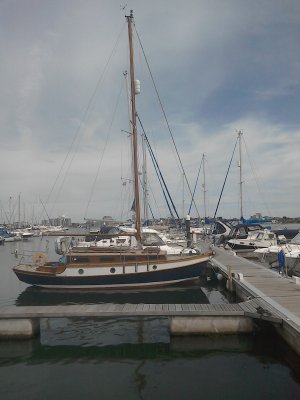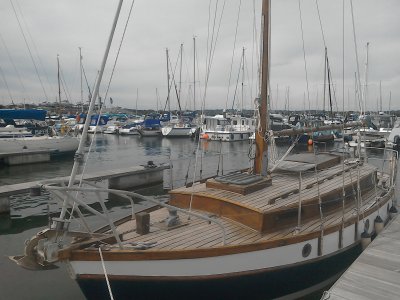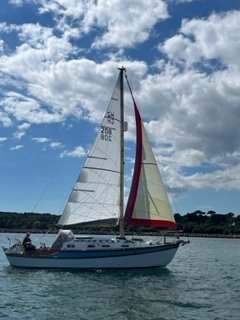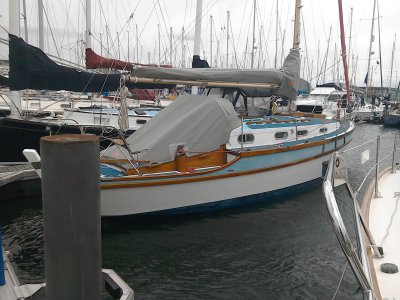glynsue
New member
Seafarer 501 Echo Sounder:
I want to install the above in my Buchanan 24ft.Wooden Boatand I would like to find a copy of the
Installation And Operating Instructions -
will the transducer supplied work with the through hull bronze fittingcurrently the fitting appears to be capped off.
Has anyone got a manual I could copy please

